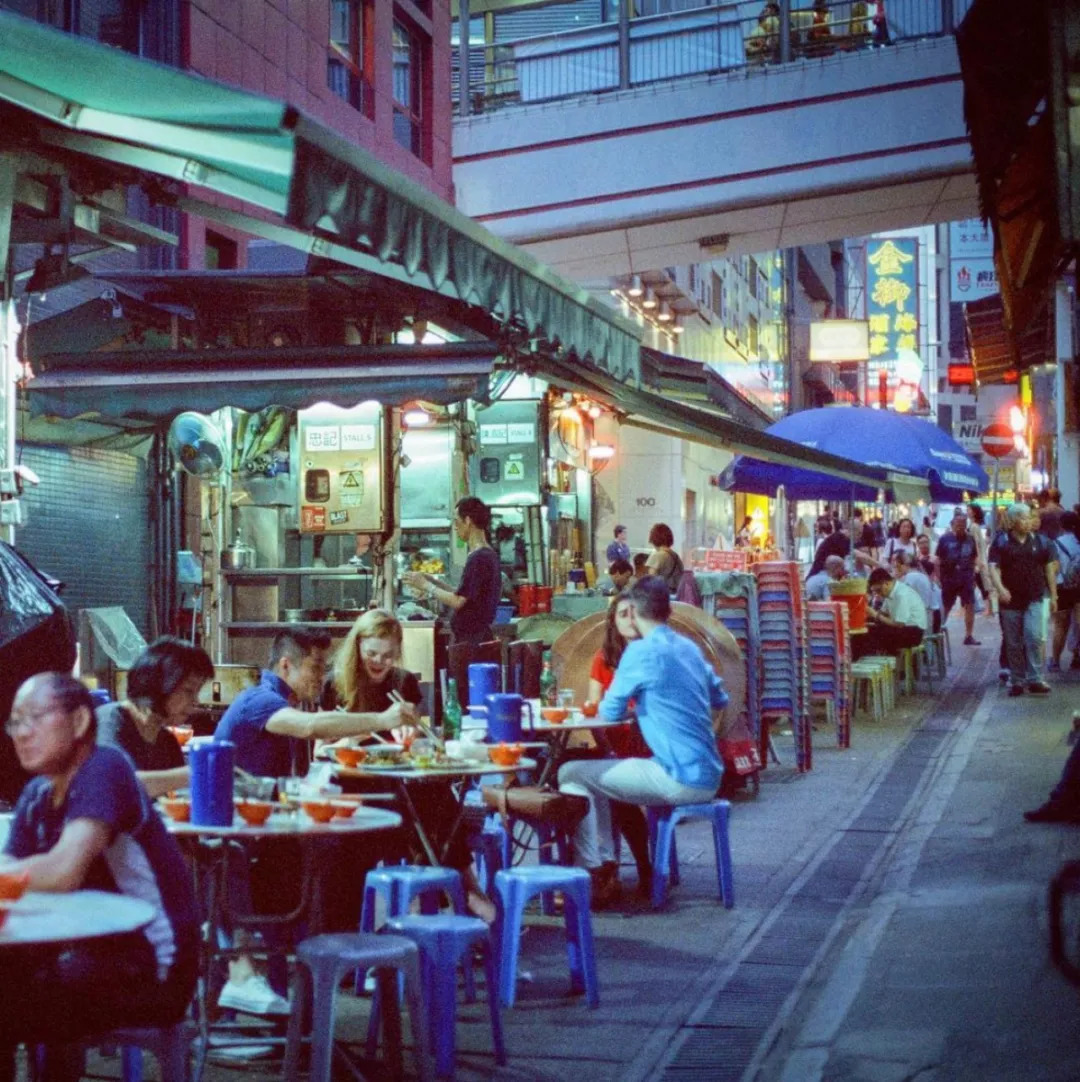Hong Kong is a place where Eastern and Western culinary cultures meet. As a result, Hong Kong’s culinary culture is a mix of Chinese (mainly Cantonese and Hakka) and Western cuisine, and many national dishes can be found in Hong Kong, making it a ‘Gourmet’s Paradise’.
Hong Kong people’s culinary culture is represented by Hong Kong-style restaurants and “dai pai dongs”. The “dai pai dongs” are stalls that often serve open-air cooked food on the street. In addition to the mobile (or fixed) food stalls, they also have a number of chairs and tables around them for immediate consumption.
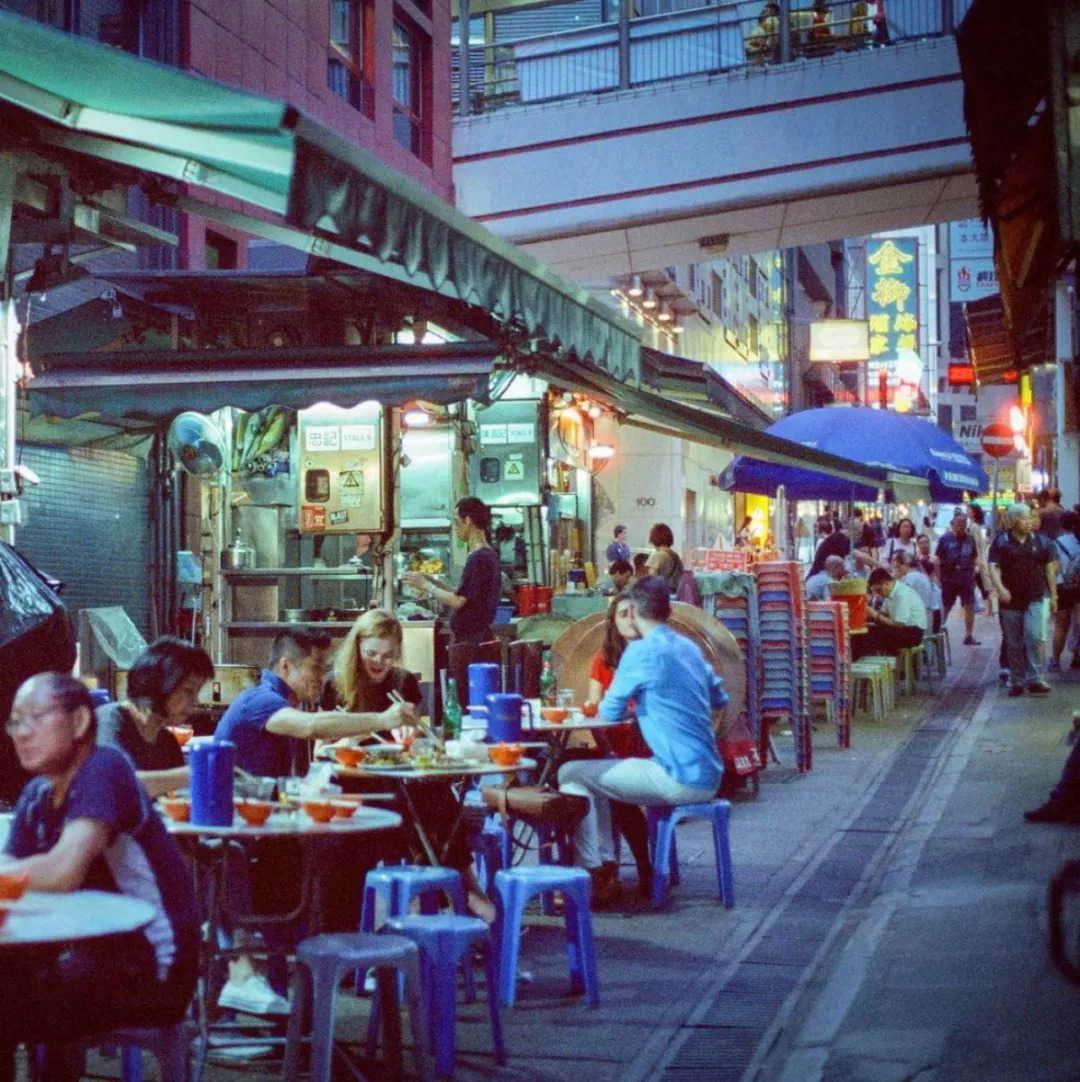
“Dai pai dong”
Dai pai dongs used to be trendy restaurants. Still, due to stringent hygiene regulations and the fact that the Government no longer issues operating licences (permits) to the public, they are now on the verge of extinction in Hong Kong. The “tai pai dongs” slowly moved their tea stalls indoors and combined them with ice rooms featuring pineapple ice, mixed fruit ice and red bean ice to become what they are today: Hong Kong-style cafes. Tea cafes mainly serve inexpensive food such as instant noodles, wonton noodles, rice noodles, fried eggs, dumplings and congee. Some larger tea cafes serve fried noodles, such as stir-fried beef and rice, fried rice in Fujian style, and fried rice in Singapore style. When Japanese cuisine became popular in Hong Kong, Hong Kong-style cafes started to serve some Japanese-cooked dishes. Buttered bread, toast, omelette, sausages, coffee, milk tea, egg tart, etc. are served for breakfast. Although the names of these food items are the same in every Hong Kong-style café, the actual products vary slightly from one café to another, and the prices vary from one café to another.

Stockings Milk Tea
“Hong Kong Style Milk Tea” is also known as ” Stockings Milk Tea” because when brewing Hong Kong Style Milk Tea, the staff of “dai pai dongs” or Hong Kong-style cafes have to pour the boiling water into the filter bag filled with tea leaves and pull the filter bag up and down in order to speed up the filtering out of the tea, which is a major feature of the Hong Kong Style Milk Tea made in Hong Kong style cafes. This is a special feature of Hong Kong-style milk tea made in Hong Kong-style cafes. As the cotton gauze net is soaked in black tea, the colour of the cotton gauze filter bag will be dyed into coffee colour, which is close to that of a nylon stocking, and the appearance of the filter bag is also similar to that of a stocking, so diners jokingly call the milk tea brewed in this way ” Stockings Milk Tea “, which is not the actual use of a silk stocking as a filter bag for brewing milk tea.
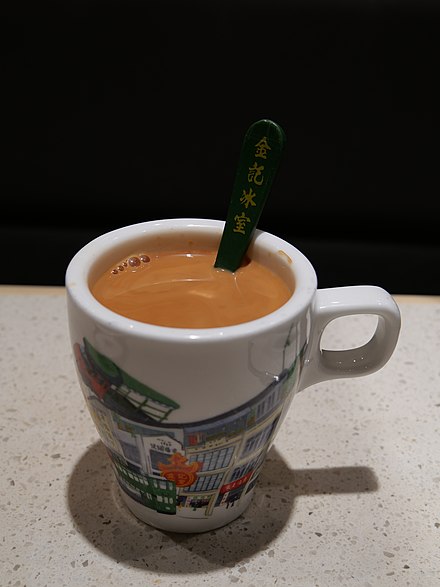
Street Food
The development of street food in Hong Kong has a long history, as Hong Kong Island is surrounded by the sea and is rich in fisheries, so seafood is one of the common types of cuisine on the streets. Since the 19th century, there have been street stalls in Hong Kong, which were established to support the livelihood and cater for the dietary needs of the grassroots, as well as on the streets, but the food sold is still street food and is therefore extremely popular.
There are many types of street food in Hong Kong, such as egg custard, shark’s fin, tofu, fish ball, beef ball, kung pao, port cake, beef mince, grilled cake, fried squid, skewer, siu-mei, fried and stuffed sambal, rice noodle, sticky rice cake and so on, most of them are contained in paper bags or styrofoam boxes, and eaten with a bamboo skewer or plastic spoon, which is instantly available for purchase without any equipment such as a dining table. From the characteristics and development of street food in Hong Kong, it can be seen that Hong Kong people have their own unique culinary culture. Apart from the fast pace of life and work, Hong Kong people also have a mentality of fast food, not only eating fast but also making food fast in order to survive in society, which is precisely demonstrated by street food.

Hong Kong-style dessert
Hong Kong-style desserts include a wide selection of traditional desserts such as sugar water (known as sweet soup in the north), including red bean paste, green bean paste, sesame paste, almond paste, stewed milk, sago dessert, walnut dessert and dessert cooler, etc. Western-style desserts include mango pudding, cheesecake, etc., as well as sago pudding, which is a fusion of the Chinese and Western styles, and the Yang Zhi Gan Ren (杨枝甘露) and sago desserts, which have appeared in recent years.
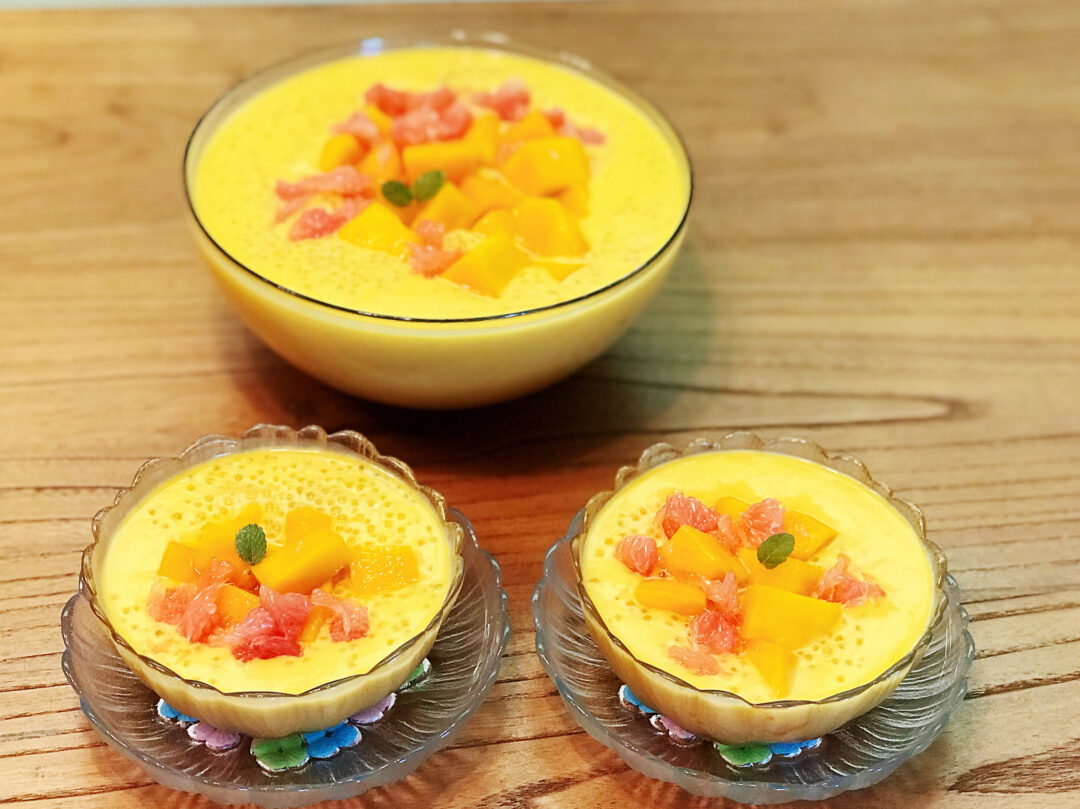
Herbal Tea
As the weather in Hong Kong is hot and humid, herbal tea has become a popular herbal beverage to relieve heat and disinfect the body, such as Twenty-four Flavours, Five-Flower Tea, Chicken Bonewort, Fireweed, Chrysanthemum Tea, Sour Plum Soup, Bamboo Sugar Cane and Thatched Root Water, amongst others. As for cold fruits, there are Jiayingzi, hawthorn cake, plums, Chenpi plums and plane olives.
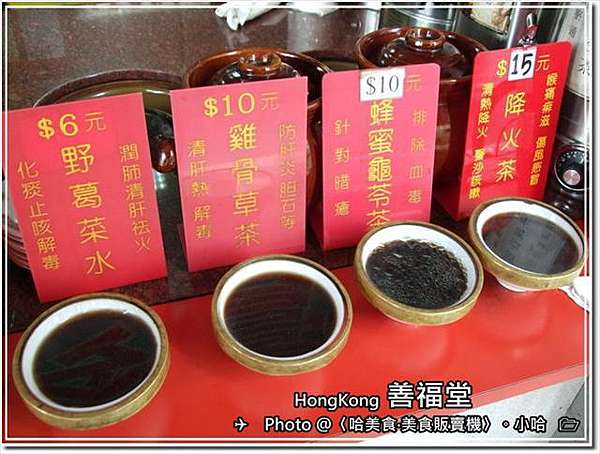
Private Dish
In the wake of the 1997 Asian financial crisis and the economic downturn in Hong Kong, private kitchens became a new mode of operation in the catering industry. Private dining in China was originally the result of the constant quest of the rich and powerful for a better diet after they had settled down in their lives, resulting in special dishes that favoured the tastes of their masters. Hong Kong people transplanted the private kitchens of various provinces in China to Hong Kong and operated them in the form of hidden upstairs shops all over Hong Kong and Kowloon, such as Famous Private Cuisine, Xi Yan, and Living Colour and Fragrance. Later on, apart from Sichuan, Chaozhou and Shunde private kitchens, there are also French, Italian, Japanese and vegetarian private kitchens.
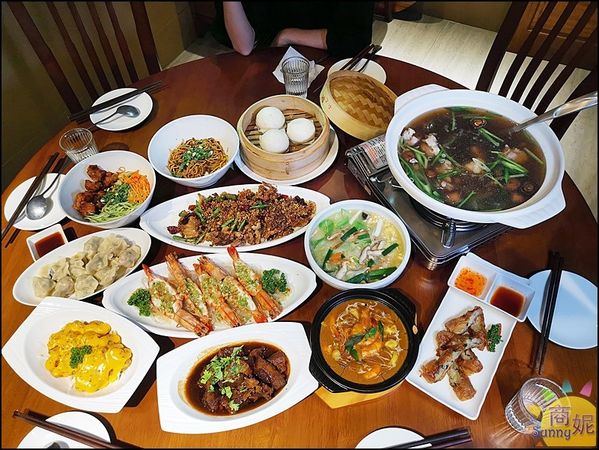
(All images from Google search)
